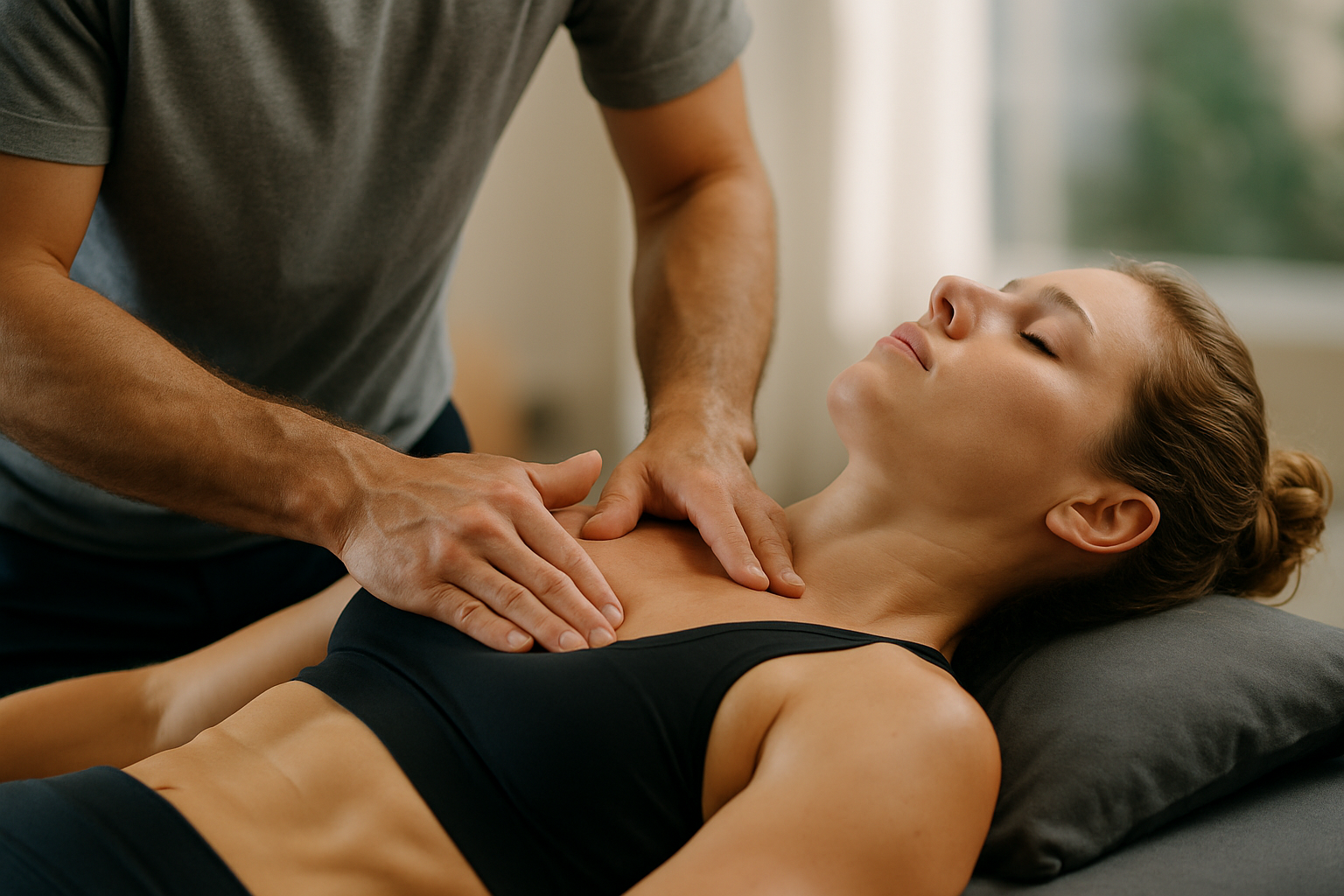TENS Massager: How it Works and Common Uses
Transcutaneous Electrical Nerve Stimulation (TENS) massagers use small electrical currents delivered through adhesive pads to the skin. Devices are compact, often portable, and marketed for short-term relief of certain types of discomfort and for muscle stimulation after exercise. Users adjust intensity and pulse patterns; sessions typically last from a few minutes to under an hour depending on the device and intended use.

How TENS technology works
TENS devices generate controlled electrical pulses that travel through electrode pads and interact with nerves beneath the skin. The pulses can be adjusted in frequency and intensity; lower frequencies may target deep nerve responses, while higher frequencies often produce a different sensation at the skin level. The exact mechanisms remain an area of research, but many users report changes in perceived sensation during and shortly after treatment.
Safety features on modern units include timers, adjustable amplitude, and preset modes. It’s important to follow manufacturer instructions for pad placement and to avoid using TENS across the chest or directly over the neck. Seek guidance from local services or a clinician in your area if you are unsure about safe placement or device settings.
TENS versus massage gun
TENS massagers and massage guns address discomfort using different modalities. A massage gun provides mechanical, percussive stimulation to soft tissue, increasing local blood flow and targeting tight muscle areas through vibration and impact. By contrast, a TENS unit uses electrical stimulation that primarily interacts with the nervous system rather than mechanically manipulating tissue.
Both tools can be part of a recovery toolkit: a massage gun may help with immediate tissue tightness and range of motion, while a TENS device is often used for nerve-mediated symptom modulation. They are not mutually exclusive, and the choice depends on the user’s goals, tolerance, and any medical considerations.
Benefits for muscle recovery and pain
Many people use TENS for post-exercise soreness and for managing chronic or intermittent discomfort. When used appropriately, TENS may allow users to continue daily activities by altering the perception of sensations coming from a targeted area. It can complement other recovery strategies such as rest, hydration, and appropriate stretching.
Users often report that TENS helps with focal muscle aches after intense workouts by providing short-term relief. For people managing longer-term conditions, device settings and session frequency should be discussed with a qualified practitioner to align with broader rehabilitation or wellness plans.
Using TENS in wellness routines
Integrating a TENS massager into a wellness routine can be straightforward: schedule sessions after strenuous activity, or during periods of localized discomfort as a self-care measure. Pair sessions with breathing exercises or light stretching for a more holistic approach. Check product instructions for recommended session lengths and electrode placement maps.
If you seek professional input, consult physical therapists or clinics offering local services that are familiar with electrotherapy. They can demonstrate electrode placement, suggest appropriate intensities, and help you understand how a TENS device might fit within your broader wellness or rehabilitation program.
TENS for relaxation and sleep
Some users find low-intensity, rhythmic settings on TENS devices conducive to evening relaxation, reporting reduced muscle tension and a calmer sensation before bedtime. Settings that mimic gentle pulses may feel less intrusive and be easier to tolerate for relaxation purposes. It’s advisable to avoid sessions that are energizing or uncomfortable close to sleep.
Keep in mind individual responses vary: what promotes relaxation for one person may be distracting for another. Start with shorter sessions and lower intensity to assess how your body responds, and always remove electrodes if you experience irritation or increased discomfort.
This article is for informational purposes only and should not be considered medical advice. Please consult a qualified healthcare professional for personalized guidance and treatment.
In summary, a TENS massager is a noninvasive device that uses electrical pulses to interact with the nervous system and can be used alongside other recovery tools such as a massage gun. When used correctly and with appropriate safety precautions, TENS may provide short-term symptom modulation for muscle-related discomfort and support aspects of wellness and relaxation.






